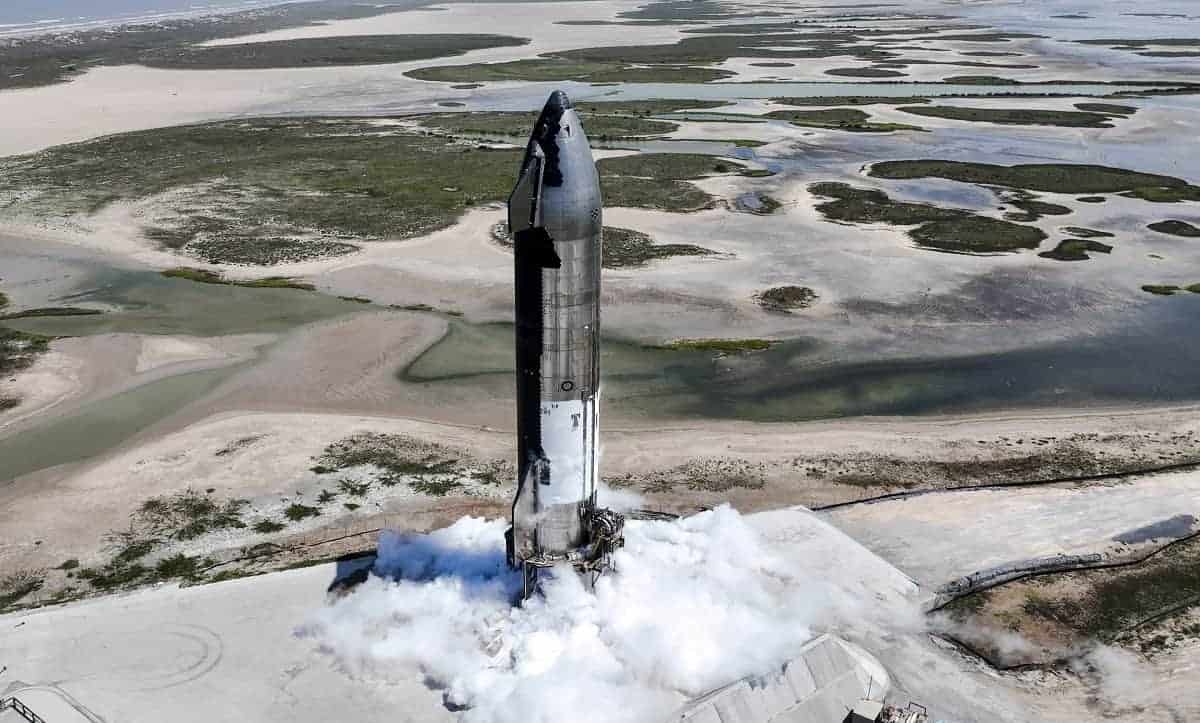Starship Has 60% Chance to Reach Orbit Next Launch, Elon Musk Believes
Starship has a 60% chance of reaching orbit on its next launch, Elon Musk believes. Since the last flight, SpaceX has made over 1,000 changes that greatly increase the chances of success.
Elon Musk is optimistic about the success of Starship’s next flight
SpaceX launched Starship on its first orbital flight in April. Since then, the company has worked on mistakes. On the next flight, Starship has a 60% chance of successfully reaching orbit, Elon Musk believes, according to his statement on Twitter Spaces with Ashlee Vance.
“So I think the probability of the next flight working — or getting to orbit — is much higher than the last one. Maybe it’s 60%. It depends on how well we do at stage separation,” Musk said.
SpaceX made over 1,000 changes to Starship
The head of the company received confidence for a reason. According to his explanation, SpaceX made over 1,000 changes to Starship to achieve a successful orbit this time. Musk said the changes include delaying the separation of Starship from Super Heavy Booster during the flight. This means that Starship’s engines will fire to warm up while Superheavy continues to be active.
The launch of Starship, which took place in April, slightly exceeded expectations
SpaceX made a test launch of Starship on April 20. The vehicle successfully took off but lost control after about four minutes. The company destroyed the Starship in the air to prevent possible damage if it hit the ground. However, “the outcome was roughly in what I expected, and maybe slightly exceeding my expectations,” Musk said during a Twitter Spaces that followed the first launch in April.
At the time, he revealed that SpaceX has several more Starship prototypes in various stages of assembly. Musk said the next launch could be in 6-8 weeks, which would be by June 30. However, the exact launch time depends on many factors. At the moment, nothing is known about the date of the next attempt.
What happened on April 20, during the first test flight?
The Starship took off and only 30 of the Super Heavy’s 33 Raptor engines ignited. Musk said that SpaceX “chose not to start” three engines, as they were not “healthy enough to bring them to full thrust. Starship slid laterally off the launchpad as it climbed into the sky, which Musk said was “because of the engine failures.”
About 27 seconds into the flight, SpaceX “lost contact” with some of the other engines. This happened as a result of an incident—“with some kind of energetic event”—that removed the heat shield around several other engines. “Things really hit the fan” around 85 seconds into the launch, when SpaceX lost “thrust vector control”—the ability to steer the rocket.
